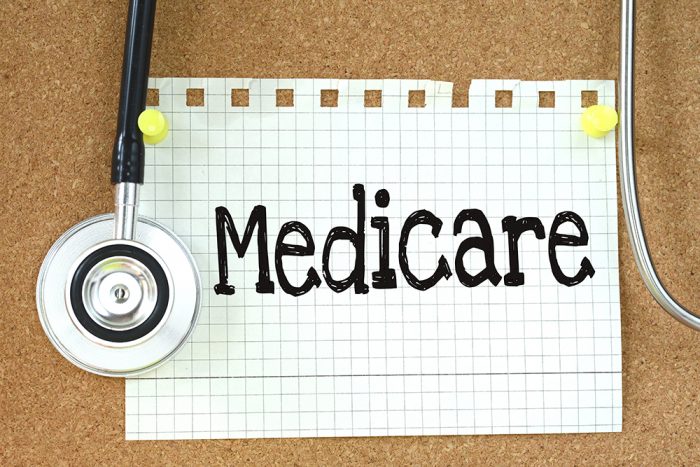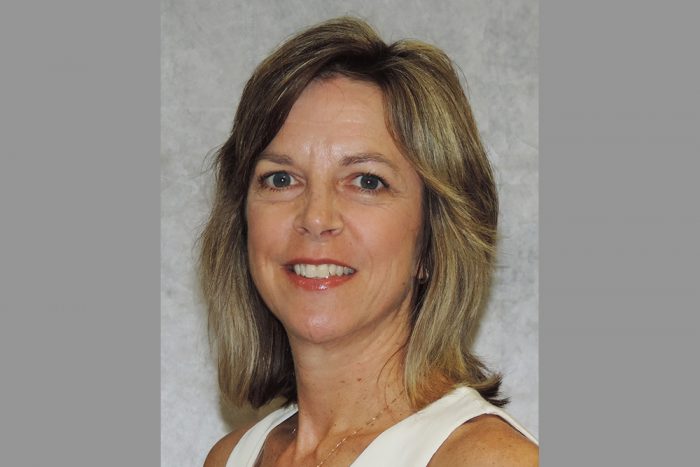Welcome! Login in to your account
Register for an account
A password will be e-mailed to you.
Recover your password
Home Featured
Featured posts
Medicare Coverage of Innovation Technology (MCIT)
Strengthening the Entry-Level Health-Care Workforce: Finding a Path
APSE CESP Testing Partner
Reminder: Provider Survey on Technology Use by People with I/DD
ODP and ASERT Training Needs Survey
Everyday Lives 2020: Recommendations, Strategies, and Performance Measures
DDAP Announces Webinar Opportunity
Life Unites Us: Language & Stigma – Why Our Words Matter
January 26, 2020 at 3:00 pm
In this webinar, participants will:
- Better understand the impact that language has on stigma and why our words matter;
- Gain expert insight and learn about tools to combat stigma; and
- Connect with committed individuals and peer organizations across Pennsylvania.
If you are interested in attending this webinar, please register here. You can learn more about the webinar through this flyer.
Wolf Administration Expands Vaccination for FPP for Long-Term Care Facilities, Launches Retail Pharmacy Partnership
RCPA Member Allegheny Children’s Initiative, a Member of the Partners For Quality Family of Agencies, Appoints Lisa Peterson-Lizun as Executive Director
© 2021 - Rehabilitation & Community Providers Association


















